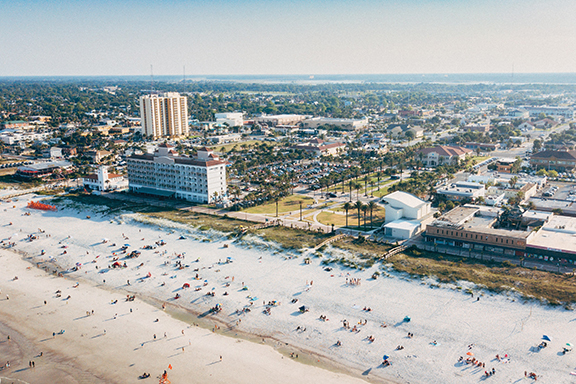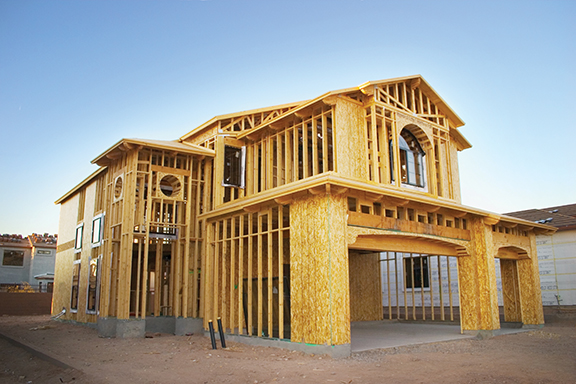The Massive Potential and Pitfalls in Notes for Self-Directed Investors
2021 May Be the Best Year Yet for Private Lenders…If They Are Careful by Tom Olson When speaking with self-directed investors who are considering acquiring turnkey rentals in their retirement accounts, I always make sure to tell them that a slightly more “creative” option might better suit their needs. Without losing the benefit of holding a real estate-related asset, they can invest with a far greater tax advantage if they
Read More










